Lemon Lime Lace Japanese Maple
Acer palmatum ‘Lemon Lime Lace’
Plant Details
USDA Plant Hardiness Zones: 5a-9a Find Your Zone
Height at Maturity: 5-6′
Width at Maturity: 6-8′
Growth Habit / Form: Broad, Mounded, High Graft Tree Form
Growth Rate: Moderate, 6-8″ per year
Foliage Color in Spring: Light Lemon Yellow (Yellow-Green)
Foliage Color in Summer: Medium Green with Yellow-Green new leaves
Foliage Color in Fall: Orange and Gold tones
Light Needs: Full Sun, Morning Sun with Dappled or Afternoon Shade, All Day Filtered Sun, Morning Shade with Afternoon Sun – Afternoon Filetered Sun or Shade in Zone 8-9
Water Needs: Average, moderately drought tolerant when established
Soil Type: Clay (amend to ensure good drainage), Sandy, Loam
Drainage: Moist But Well-Drained
Soil pH: 5.0 – 7.0 is ideal
Maintenance: Low
Resistances: Deer, Heat Tolerant, Sun Tolerant
Description
This is the rare high-graft version of the Lemon Lime Lace Japanese Maple, a beautiful cultivar with a rounded mounding canopy grafted atop an 18-inch trunk. The branches are covered with finely dissected leaves that emerge light lemon-yellow in spring, maturing to lime green with yellow-green new growth in summer, creating a two-tone effect, hence the name. Cooler temperatures in fall bring shades of orange and gold, sometimes deepening to orange-red. At maybe 6 feet tall and 6 to 8 feet wide when all grown up, Lemon Lime Lace is a soft-textured, stunning focal point specimen in the landscape or as a potted patio tree.
Landscape & Garden Uses
To showcase its magnificence and beauty, the Lemon Lime Lace Japanese Maple is best used in the landscape or containers as a focal point specimen to draw attention to a specific area of the home or landscape. That said, two can be used to frame an entrance. They are extremely easy to grow in containers. How to Plant A Japanese Maple Tree In A Pot
Suggested Spacing: 10 feet apart for space between plants
Note: One Japanese Maple can make a landscape if you don’t overcrowd it with other trees and plants. Therefore, when choosing companions to plant under or around your Japanese Maple, make sure to select low-growing shrubs or groundcovers that won’t interfere with your tree at all.
Growing Preferences
Though delicate-looking, Japanese Maples are very tough and long-lived trees. They are very easy to grow. Container culture can extend their useful range. They are extremely easy to grow in containers, a practice taken to its most extreme form in the art of bonsai.
Japanese Maples are understory trees in their natural habitat, growing in dappled forest sunlight at the edges of woodlands. Ideally, they prefer to be grown in similar conditions. That said, Lemon Lime Lace will grow in full sun in cool or mild summer climates but might appreciate some filtered sun or shade during the afternoon when the sunlight is most intense in hot summer climates.
Japanese maples will grow in almost any garden soil with average fertility. They prefer moist but well-drained soil rich in organic matter. As with so many other ornamental plants and trees, constantly soggy or wet soil can be problematic, so make sure to plant your Japanese Maple in a well-drained site.
Helpful Articles
Click on a link below tfor helpful advice from our experts on planting and caring for Japanese Maple trees.
How To Plant A Japanese Maple Tree In The Ground
How to Plant A Japanese Maple Tree In A Pot
How To Fertilize And Water A Japanese Maple Tree
How To Prune A Japanese Maple
Plant Long & Prosper!
Meet The Wilson Brothers & Staff
Questions? Contact Us!
Be the first to review “Lemon Lime Lace Japanese Maple (High Graft Tree Form) – 3 Gallon Pot” Cancel reply
Related products
Sale!
Sale!
Fast Growing Trees
Sale!
Sale!
Sale!
Sale!
Sale!
Sale!


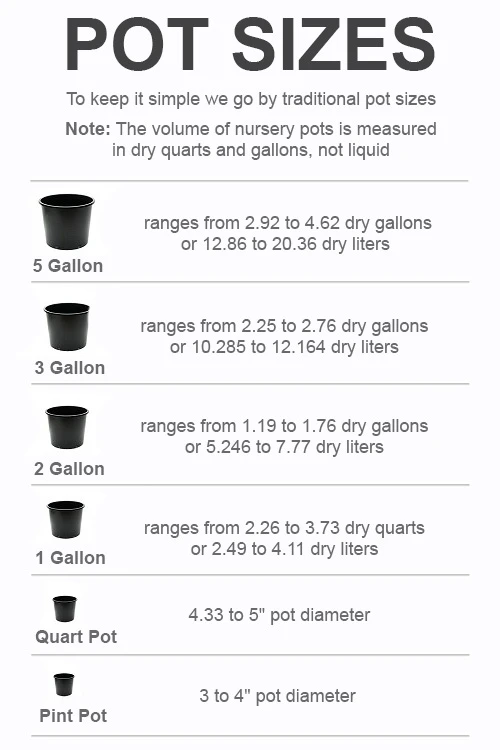

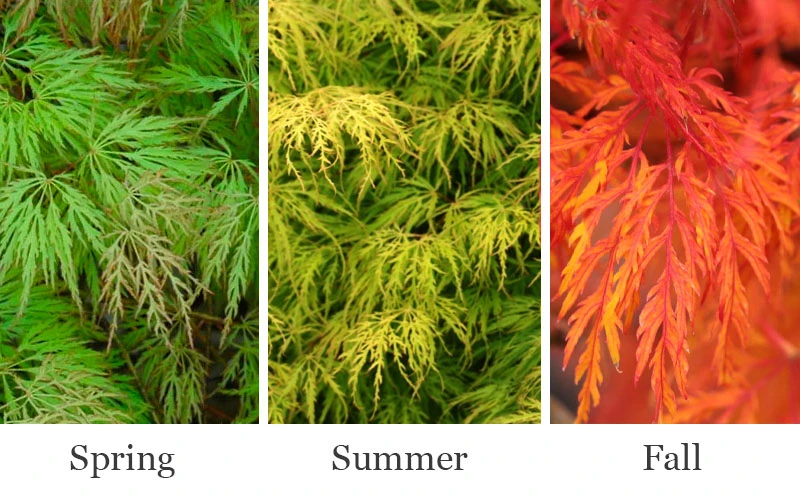

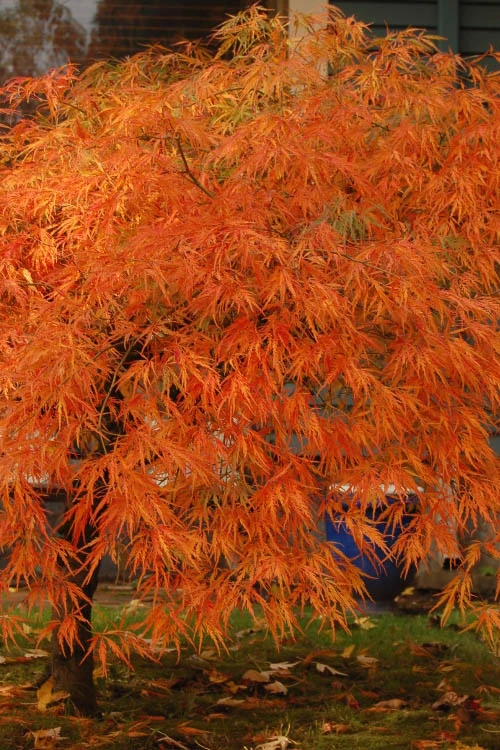

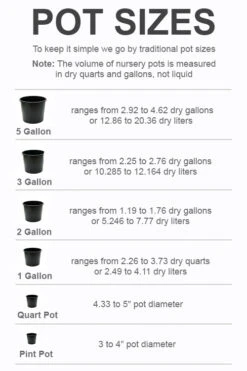
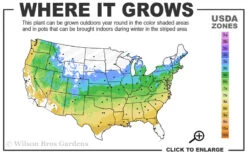




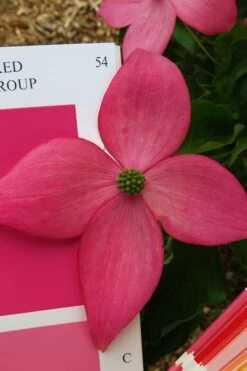
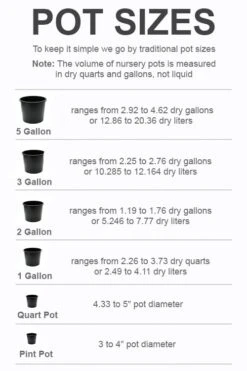
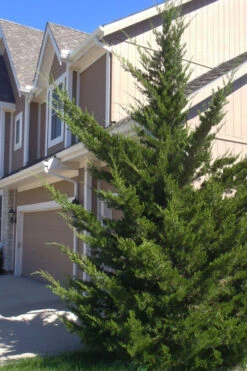
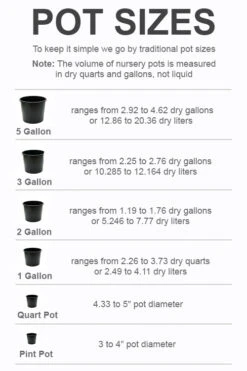
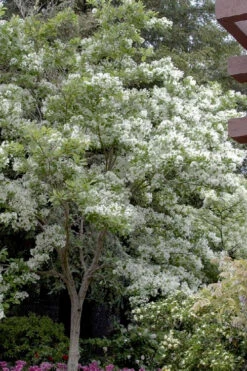
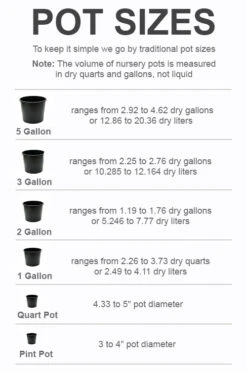
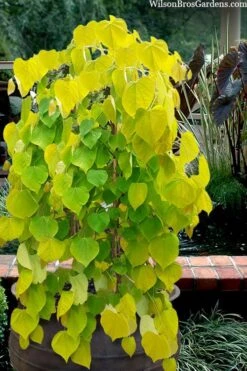
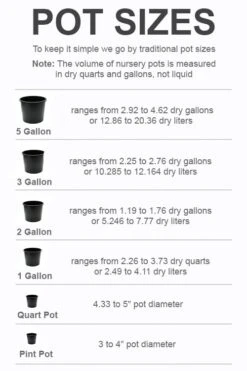

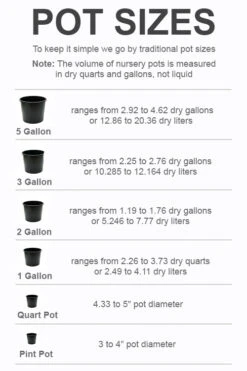

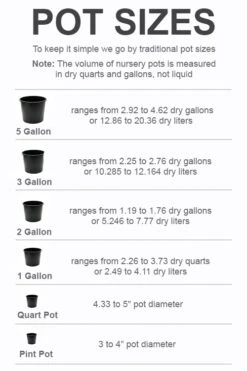
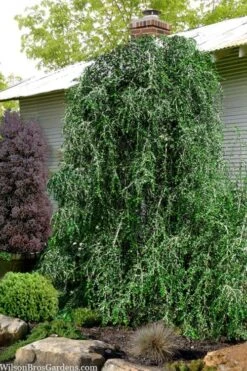
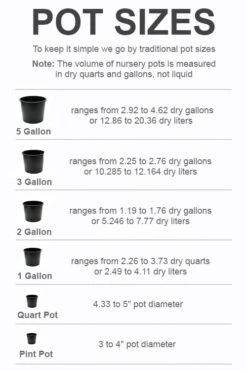

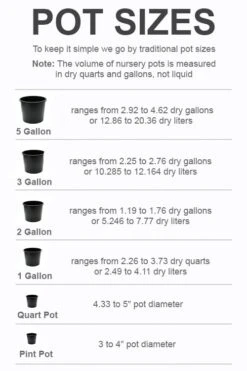
Reviews
There are no reviews yet.